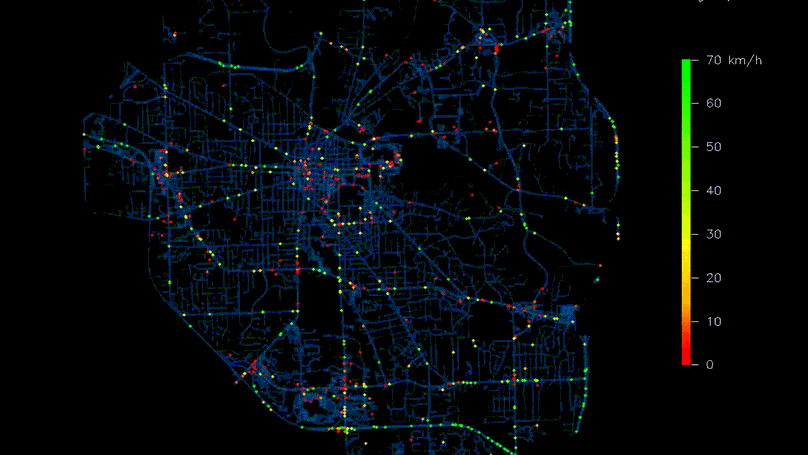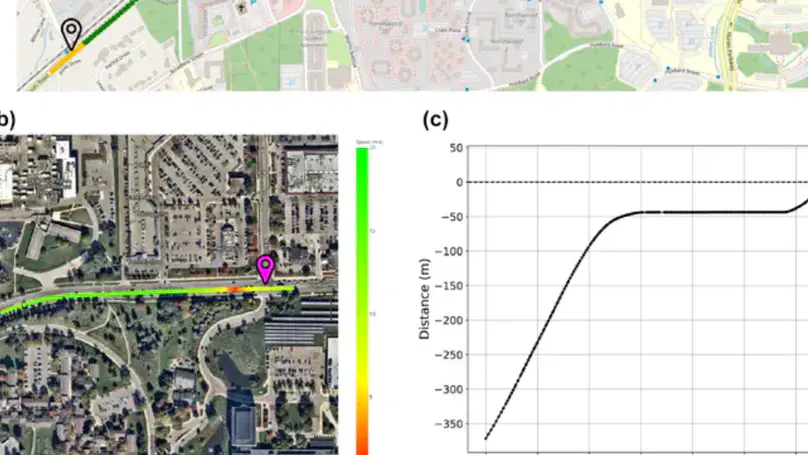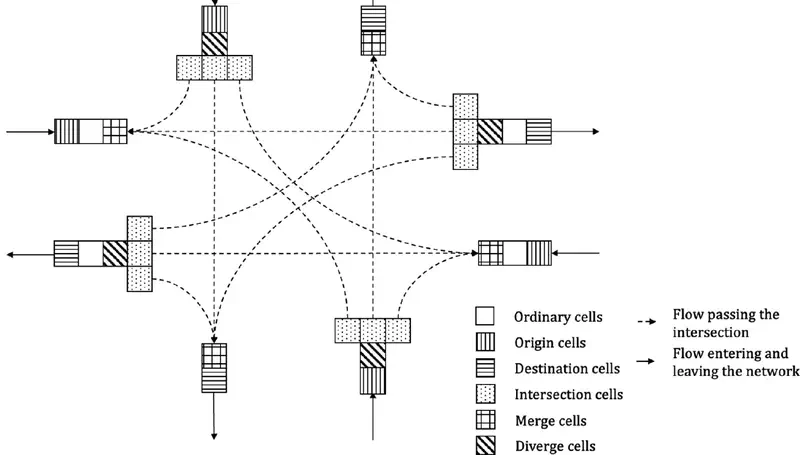
OSaaS is a data-driven traffic signal system that uses connected vehicle information to automatically improve traffic flow. Built on a new stochastic traffic flow model, OSaaS has been tested and deployed in real cities, showing up to 30% reductions in delays and stops. The work was published in Nature Communications and featured by major media including the Wall Street Journal, Associated Press, U-M News, and Local 4+ Detroit.

The diverse and complex real-world network topology presents a significant challenge for network-level traffic control. My collaborators and I explored two distinct approaches 1) an optimization-based method and 2) a max-pressure-based control method. This research project is collaborated with Prof. Yafeng Yin, Prof. Yiheng Feng, and Prof. Siqian Shen.

The diverse and complex real-world network topology presents a significant challenge for network-level traffic control. My collaborators and I explored two distinct approaches 1) an optimization-based method and 2) a max-pressure-based control method. This research project is collaborated with Prof. Yafeng Yin, Prof. Yiheng Feng, and Prof. Siqian Shen.